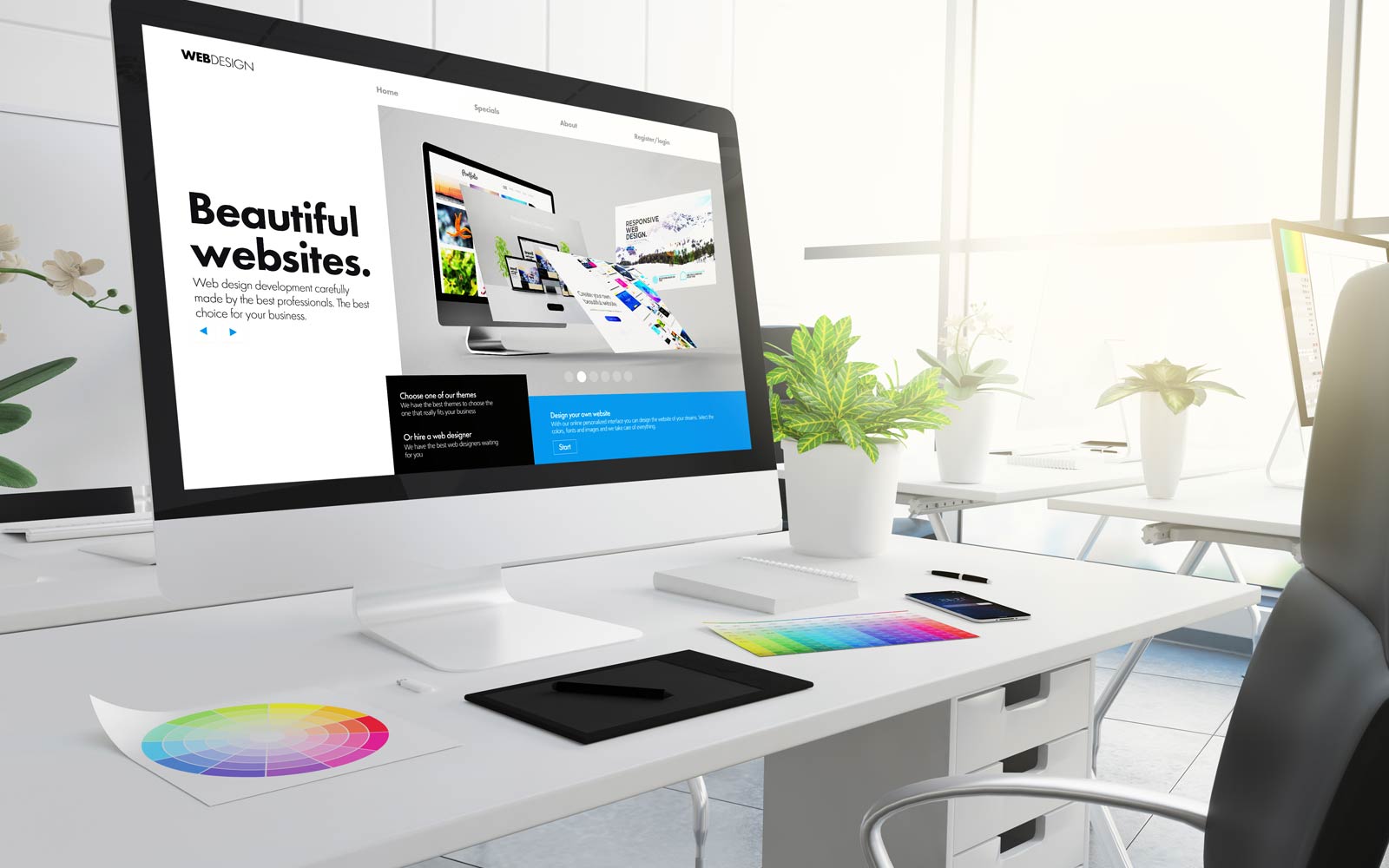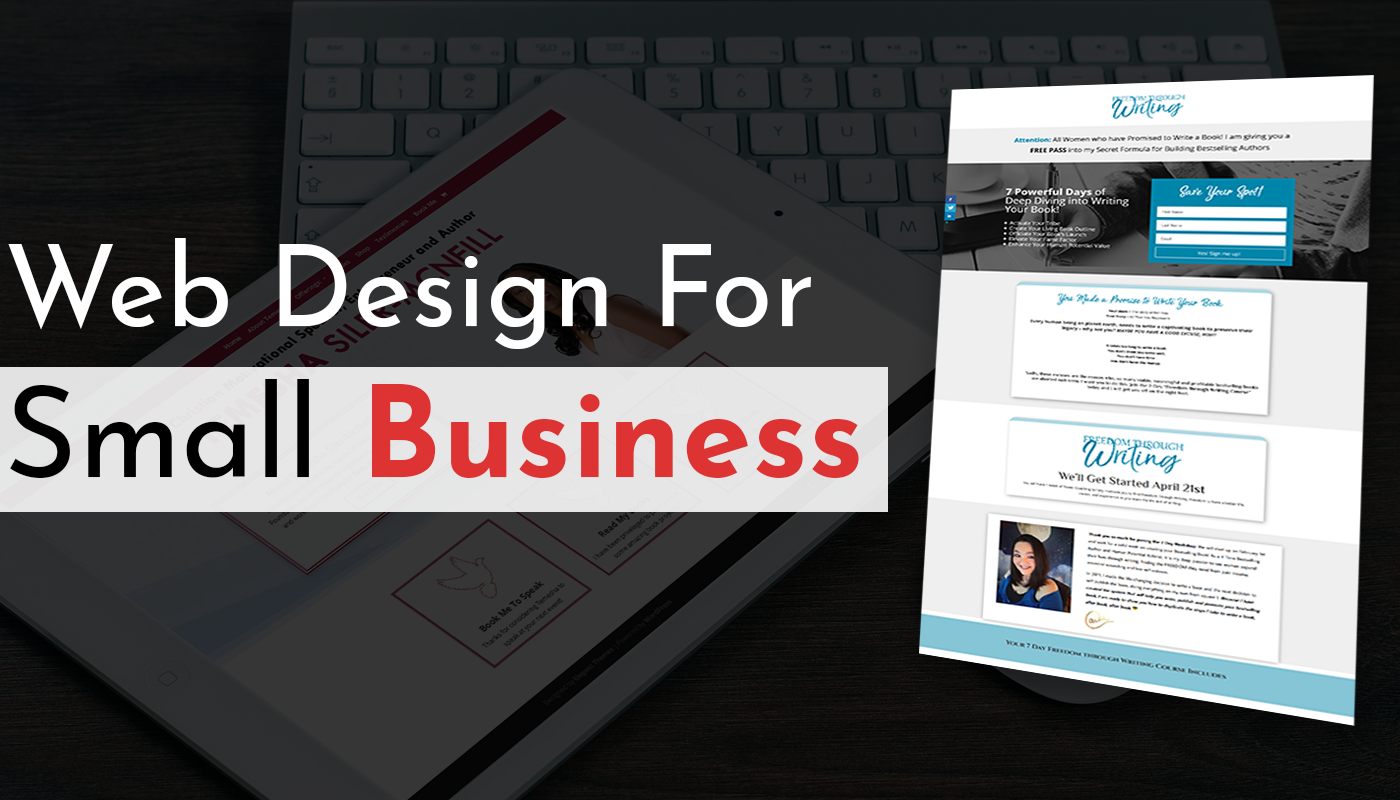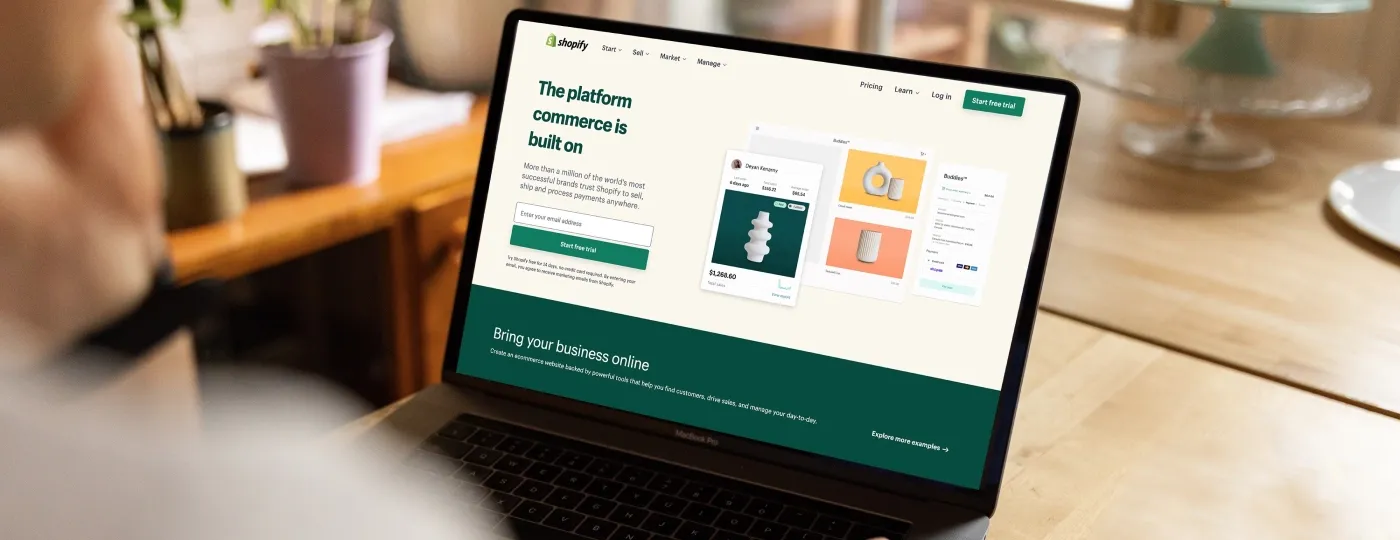In today’s digital landscape, it is crucial to build a website that not only stands out but also connects with the users. Good design is not only about looks. It’s also about usability and accessibility so that people find everything they are looking for. Here are some top website design tips to for an excellent improvement to get the most out of it and make a strong user experience.
Simplify Navigation
Easy and simple navigation is critical to moving visitors through your site. A complicated menu design tends to confuse the users and increases the bounce rates. Follow these tips to make navigation easier:
- Use distinct categories to keep your menus clean. Submenus should only be used when absolutely necessary.
- Let the search bar be sticky when moving down a page, this will allow accessibility with ease.
- Especially important for larger sites to assist users in tracking their way back through the pages viewed.
- Ensure labels indicate with precision what they will find on the other side of a click.
If your visitors find it hard to navigate through your site and struggle to know what they need to click or where to go next, then you have lost many users and customers that would potentially browse your content through a simple refreshing experience.
Embrace Minimalism
Minimalistic web design approach is all about “less is more.” Fewer elements on your website mean that you will be decluttering your site. It hence shows only the important and necessary sides of it, which makes for a cleaner user experience. Key points to consider:
- Give your copy and images space to breathe, whether that be with a healthy amount of whitespace around it.
- In order to stay professional, avoid colour clutter and opt for 2–3 colours only.
- Emphasis on quality over quantity of visuals. Go with a smaller amount of more high-quality images, rather than cluttering the page with lots of visuals.
By eliminating distractions and directing users towards important content segments, minimalism helps to boost website engagement.
Optimize for Mobile Users
A mobile-friendly website design is essential, given that a large number of users access websites through their phone. Strategies to optimize for mobile:
- Use layouts that can scale naturally with the screen size.
- Create buttons and links to click on in mobile devices.
- Pages must load quickly for mobile users. Reduce loading time with image compression and caching.
- Try to design things in such a way that they require vertical scrolling. This is a natural gesture on mobile.
Mobile optimization helps to reach users on any device and navigate through your website easily. This way, you have a more accessible and engaging website.
Focus on Speed and Performance
These two metrics directly correlate to user experience and your site’s overall conversion rates. One second is all it takes to lose a viewer. To enhance speed:
- Compress images without compromising quality to reduce load time.
- Merge CSS files, scripts, and images to limit requests.
- Cache resources that are frequently used so they will load much quicker on repeated visits.
- CDNs cache content on intercommunicating servers around the world, allowing users from different geographic locations to access content faster.
A faster website reduces bounce rates and provides a better user experience, keeping visitors on your site longer.
Use Quality Images and Videos
High-quality visuals and engaging videos can greatly improve your site appeal. To maximize their impact:
- Stock photos look stocky. Hire a professional photographer and get custom pictures.
- Video is one of the best types of content for driving user engagement. If you need to explain a product or service, explainer videos are very helpful.
- In order for videos to load faster, use quick formats. MP4 and compress file sizes in general.
- Include Alt text for images. This helps with SEO while also providing access to users with screen readers.
Using quality visuals draws attention, retains user interest, and improves the overall experience on your site.
Create Compelling and SEO-friendly Content
Content is amongst the most significant parts in website design for better conversion. Your content should offer value, be simple to comprehend, and be well-optimized for the search engine. Strategies include:
- Establish a clear hierarchy of content. Use headings (H1, H2, etc.) to make content scannable.
- Use keywords in your content. Add the right keywords into your content, but avoid keyword stuffing.
- The tone of your writing should be conversational and informative but in alignment with the brand.
- Regular updates show search engines that your site is active.
Content with a perfect blend of SEO will not only help users to reach you via search engines but also keep them engaged by providing content that is informative, and easily readable.
Conclusion
For a website design to be successful, it needs to strike a balance between aesthetics, usability, and performance. These website layout tips can help you create a unique website that engages your ideal customers and drives conversions by making navigation simple, focusing on mobile-first, and consistently testing and analysing. A well-designed website like whizmo is a powerful trust-building tool, enhancing the user experience and increasing conversions.





